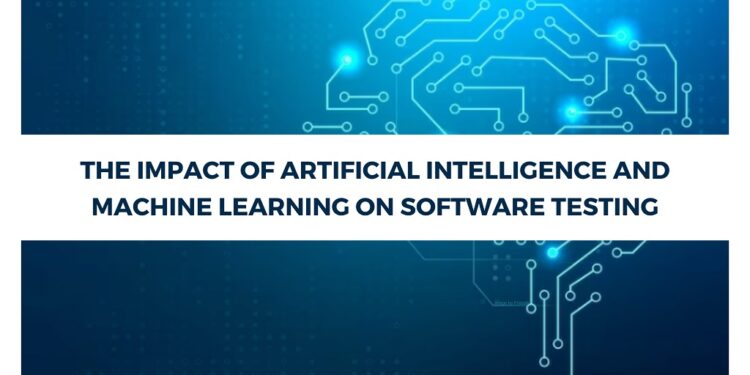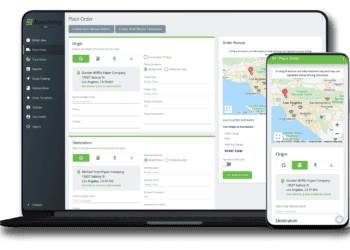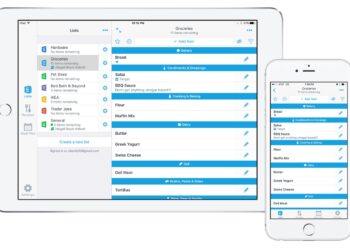Software testing is a critical process in ensuring the quality and reliability of software products. However, with the increasing complexity of software systems and the rapidly growing volume of data, traditional testing methods are becoming inefficient and inadequate.
Enter Artificial Intelligence (AI) and Machine Learning (ML).
These advanced technologies are revolutionizing the way software testing is performed.
In this article, we will explore the impact of AI and ML on software testing, discuss the advantages and challenges of implementing these technologies, and provide insights into the future of software testing with AI and ML.
So, let’s begin from the basics!
What Is Artificial Intelligence (AI) And Machine Learning (ML)?
Artificial Intelligence (AI) is a branch of computer science that aims to create intelligent machines that can perform tasks that typically require human intelligence, such as visual perception, speech recognition, decision-making, and language translation.
AI systems are designed to learn from experience, adapt to new situations, and make decisions based on data.
Machine Learning (ML) is a subset of AI that involves the development of algorithms that can automatically learn from data and improve their performance over time without being explicitly programmed.
ML algorithms can identify patterns in data, make predictions, and improve their accuracy through experience. ML is used in various applications such as image recognition, natural language processing, and recommendation systems.
What Is Software Testing And Why Is It Important?
Software testing is a critical component of software development and is an essential process that ensures that software products meet the required standards of quality and functionality before they are released to the market.
It helps in detecting and fixing defects, errors, and vulnerabilities, thereby reducing the chances of failure or malfunctioning of the software in the future.
Testing helps in improving the reliability, usability, and performance of the software, which results in increased customer satisfaction and loyalty.
Proper testing also ensures compliance with regulatory requirements, reduces the cost of maintenance and support, and helps in identifying potential risks associated with the software.
Who Performs Software Testing?
Software testing is performed by specialized professionals. The job roles in software testing can vary depending on the organization, project, and specific testing needs. Some common job roles in software testing include:
- Software Tester
- Quality Assurance (QA) Analyst
- Test Engineer
- Test Automation Engineer
- Test Manager
- Performance Tester
- Security Tester
- Software Development Engineer in Test
SDET and QA are often confused job roles in the software testing arena. While both roles are responsible for ensuring the quality of software, there are some differences.
QA professionals focus on identifying defects and ensuring that the software meets quality standards, while SDETs focus on developing automated tests and tools to support the testing process.
If you are interested in acquiring more information regarding their similarities and distinctions, it is recommended that you read ‘SDET vs QA’.
How AI And ML Are Revolutionizing Software Testing?
The integration of AI and ML in software testing is set to transform the industry, making it faster, more accurate, and cost-effective.
The following points explain how AI and ML are revolutionizing software testing:
- Automation of Test Case Generation and Execution: AI and ML algorithms can create and execute test cases automatically, saving time and effort for software testers. ML algorithms can also learn from past test results to improve the accuracy and coverage of future test cases.
- Identification and Prediction of Defects: AI and ML algorithms can detect patterns in code, making it easier to identify defects and predict future issues. The use of AI and ML algorithms can reduce the chances of human error, which is common in manual testing.
- Use of AI and ML in Performance Testing: Performance testing can be challenging and time-consuming, but AI and ML algorithms can simulate load and stress testing to optimize the performance of the software. These algorithms can also predict how the software will perform under different conditions, making it easier to optimize it accordingly.
- Impact on Software Testing Cycle: AI and ML algorithms can significantly reduce the time it takes to test software. This, in turn, can help speed up the development cycle and ensure that software is delivered on time.
- Improved Accuracy and Reliability: AI and ML algorithms can learn from past testing results and improve the accuracy and reliability of future tests. This means that software defects can be detected and fixed before they cause any issues for end-users, improving the overall quality of the software.
What Are The Challenges In Implementing AI And ML In Software Testing?
Implementing Artificial Intelligence (AI) and Machine Learning (ML) in software testing offers numerous benefits, including improved accuracy and efficiency, increased test coverage, and reduced costs.
However, there are several challenges that organizations need to consider when implementing AI and ML in software testing.
In this section, we will discuss five challenges of implementing AI and ML in software testing.
- Data quality and quantity: For AI and ML algorithms to produce precise outcomes, they necessitate substantial and high-quality datasets. Inadequate or low-quality data may cause inaccurate or prejudiced test results.
- Skilled resources: Implementing AI and ML in software testing requires specialized skills and expertise. Organizations may find it challenging to hire and retain skilled resources who have the knowledge and experience to develop and implement AI and ML algorithms.
- Transparency and interpretability: AI and ML algorithms can be complex and difficult to interpret. Testers need to understand how AI and ML algorithms work to ensure they are providing accurate results.
- Ethical and legal issues: Implementing AI and ML in software testing raises ethical and legal concerns, such as data privacy, security, and bias. Organizations need to ensure they are complying with regulatory requirements and ethical standards.
- Compatibility and integration issues: Integrating AI and ML with existing testing tools and systems can be challenging. Organizations need to ensure that the AI and ML algorithms are compatible with their existing testing infrastructure.
What Is The Future Of Software Testing With AI And ML?
The future of software testing is undoubtedly intertwined with Artificial Intelligence (AI) and Machine Learning (ML).
With the exponential growth of data and the increasing complexity of software systems, traditional testing methods are no longer efficient or effective. AI and ML algorithms can help automate various aspects of software testing, including test case generation, execution, and defect identification.
This results in increased accuracy, reliability, and efficiency of software testing while reducing costs.
There are several growing trends of AI and ML in software testing, including:
- Predictive Analytics: AI and ML algorithms can analyze large amounts of data generated from testing and use that data to predict future defects, failures, and performance issues. Predictive analytics can help prevent software failures before they occur.
- Intelligent Test Automation: AI and ML can automate test case generation, execution, and analysis, allowing testers to focus on more complex and critical aspects of testing. Intelligent test automation can also reduce the time and effort required for testing.
- Sentiment Analysis: AI and ML can analyze user feedback and sentiment to identify potential defects and improve the user experience. Sentiment analysis can help ensure software meets the needs and expectations of users.
- Visual Testing: AI and ML can analyze visual aspects of software, including UI and UX, to identify potential defects and performance issues. Visual testing can help ensure software is visually appealing and user-friendly.
- Self-healing Systems: AI and ML can monitor software systems in real-time and detect and fix defects automatically. Self-healing systems can reduce downtime and improve the reliability and availability of software systems.
In conclusion, AI and ML are the future of software testing. Growing trends such as predictive analytics, intelligent test automation, sentiment analysis, visual testing, and self-healing systems are transforming the way software is tested. Organizations that adopt AI and ML in their testing processes will gain a competitive advantage by improving software quality, reducing costs, and enhancing the user experience.
Conclusion
Undoubtedly, the impact of Artificial Intelligence and Machine Learning on Software Testing is immense and undeniable.
And with the continuous evolution of technology, there will be an ever-increasing demand for proficient professionals who can effectively utilize AI and ML to enhance software testing.
For those interested in pursuing a career in software testing, taking an SDET course can be a great way to gain all the necessary skills and knowledge.
Moreover, for organizations and software testers, adopting AI and ML in software testing is crucial to stay competitive and meet the ever-increasing demand for high-quality software.
So, take action today to embrace AI and ML in software testing and pave the way for a better tomorrow!






